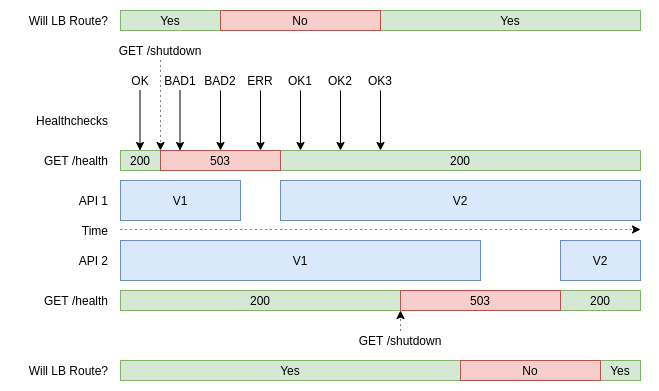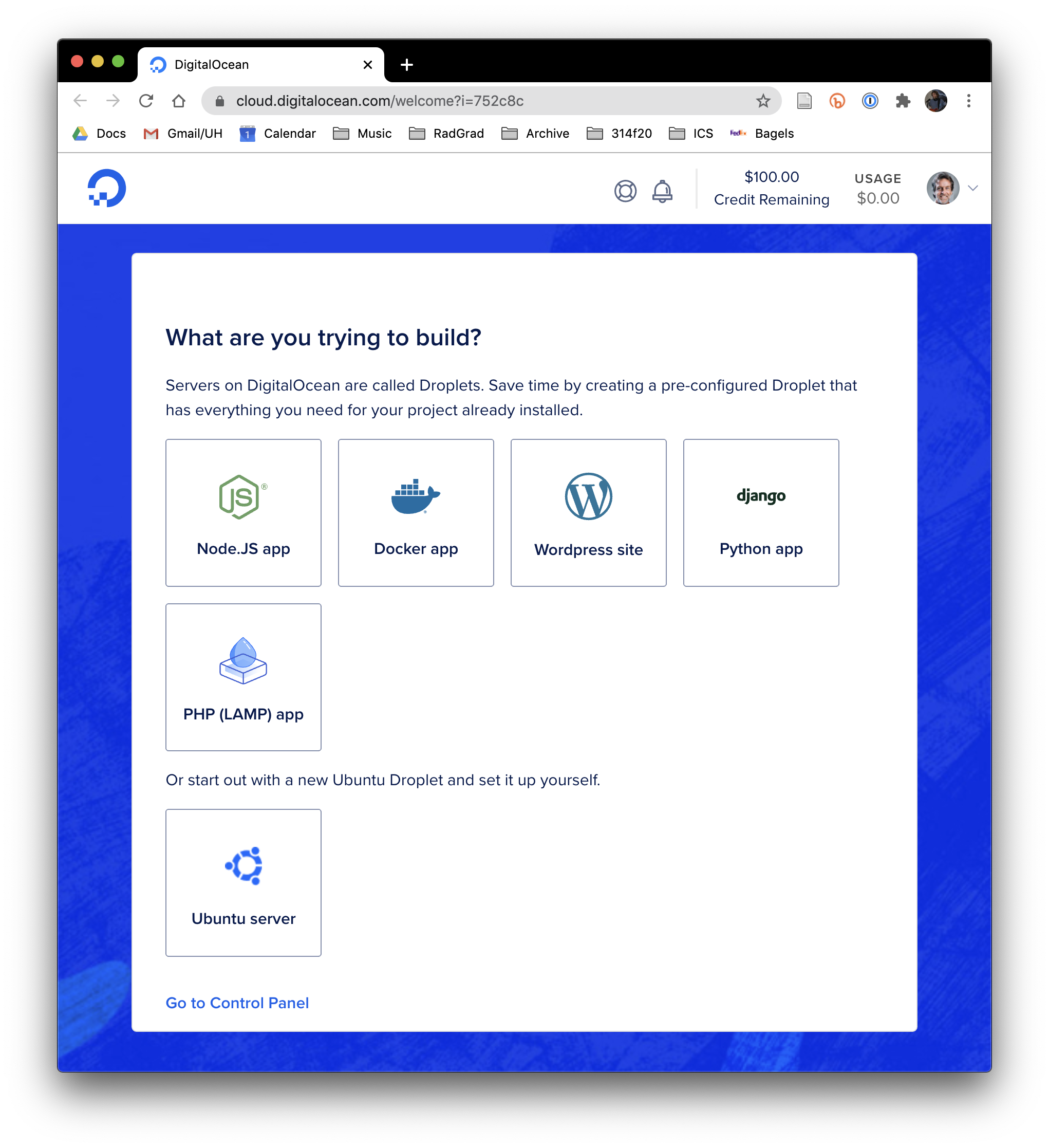

Now that we have the container working, we need to tell the preinstalled Linux firewall (ufw) to allow connections to our PubSub+ broker management tool. Once it is created, we’ll get a UUID back for the container: Now let’s create the PubSub+ event broker container with the image we downloaded: sudo docker run -d -p 8080:8080 -p 55555:55555 -shm-size=2g -env username_admin_globalaccesslevel=admin -env username_admin_password=admin -name=solace solace/solace-pubsub-standard Once we’ve connected, let’s pull down the Docker container: sudo docker pull solace/solace-pubsub-standardĭocker will start to pull down the image, which should happen pretty quickly:

This post is only to be considered a guide for setting up PubSub+ and not a guide for server common practices. To do so, you need to get to a terminal window and use ssh to connect to the droplet via the IP address listed: ssh While we won’t go into it with this post, I do not recommend running anything as the root user, and I highly recommend that you follow the Initial Server Setup post by DigitalOcean for securing your droplet.
#DIGITAL OCEAN HOW TO SEE DOCKER IP AND VIEW INSTALL#
Once the droplet is created, we’re ready to install the PubSub+ Docker container. I’ve changed the hostname here to solace1 and chosen the default project I created, but you can use the auto-generated hostname or enter your own. The last steps to kick off the deployment is to assign or accept the hostname and choose a project to associate the droplet with. If not, you’ll need to create one, and DigitalOcean has you covered with the process. If you already have an SSH key, you’ll upload your public key here. In order to make a console/terminal connection to the droplet, we need to add an SSH key. We’ll be using San Francisco, but you can use any region you want. The next thing we select is the region for the droplet. Note: you are only billed for the amount of time you use your droplet.

As listed on the Docker for Linux Broker Setup Page, the minimum system resources required and recommended are:įor the purposes of this post, we are going to select the $10/mo plan: Once that’s been selected, we need to choose the Standard Starter Plan, and we have some options for what droplet size to choose from. For this activity, we’re going to be using the latest Docker droplet, in this case Docker 5:19.09.6, as part of the Marketplace, and set up with Ubuntu 18.04 圆4 by default. Once you’ve made it to the Dashboard, it’s time to create our droplet to install PubSub+ into. You can change these at any time, but it’s helpful to get started. Initial SetupĭigitalOcean allows you to set up projects which help you organize resources, environments, etc. If you already have a DigitalOcean account, you can skip this process. To get started, head over to DigitalOcean and set up your account with either a username/password or via SSO with your Google account. In this post we will set up our DigitalOcean account, choose which environment to deploy, and install PubSub+ into a Docker container on the DigitalOcean droplet. event-driven communication, whether request/reply using RESTful HTTP or pub/sub with AMQP, JMS or MQTT, you can easily install the PubSub+ event broker right alongside them. When it comes time to give those applications the ability to send and receive information, i.e. If you aren’t already aware, DigitalOcean is a cloud infrastructure provider whose purpose is to help “ developers easily build, test, manage, and scale applications of any size – faster than ever before.” They make it easier to roll out pre-built applications and environments for your company, and to build your own.


 0 kommentar(er)
0 kommentar(er)
